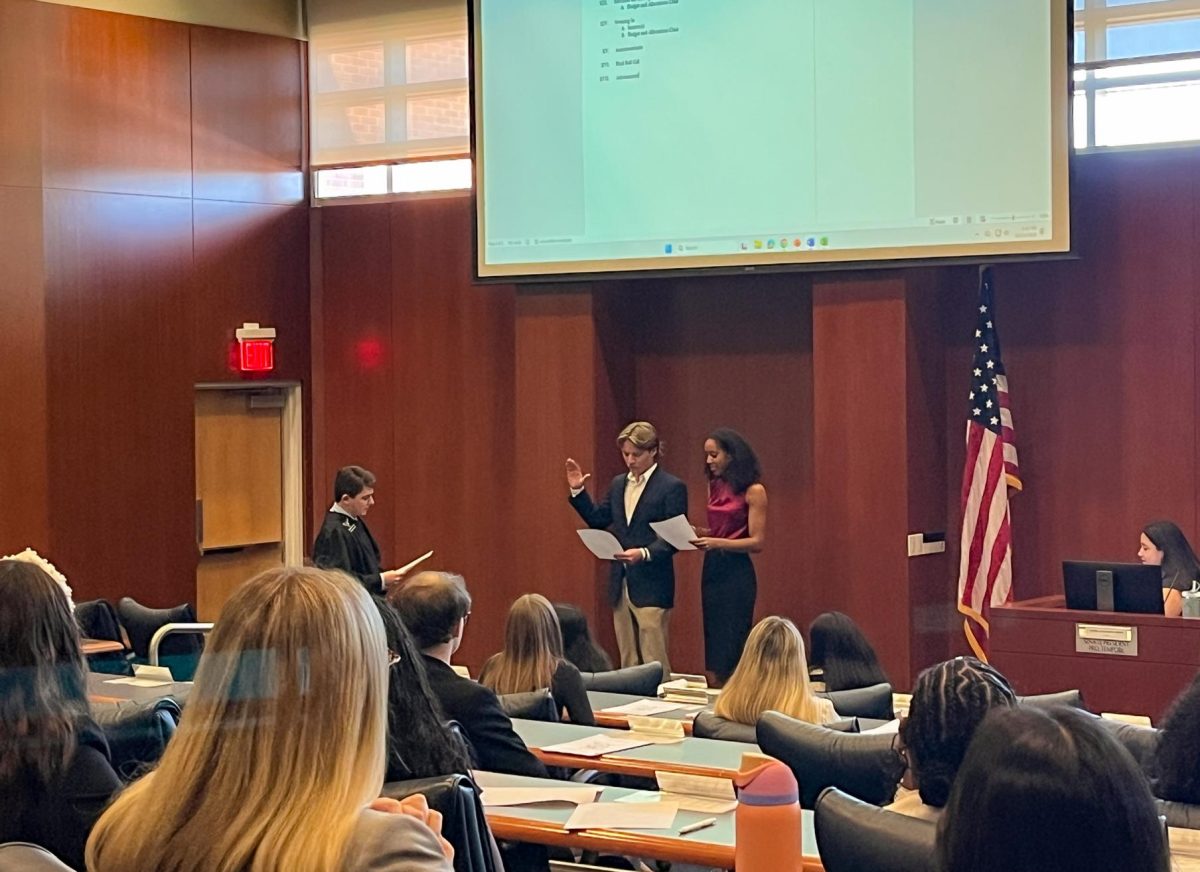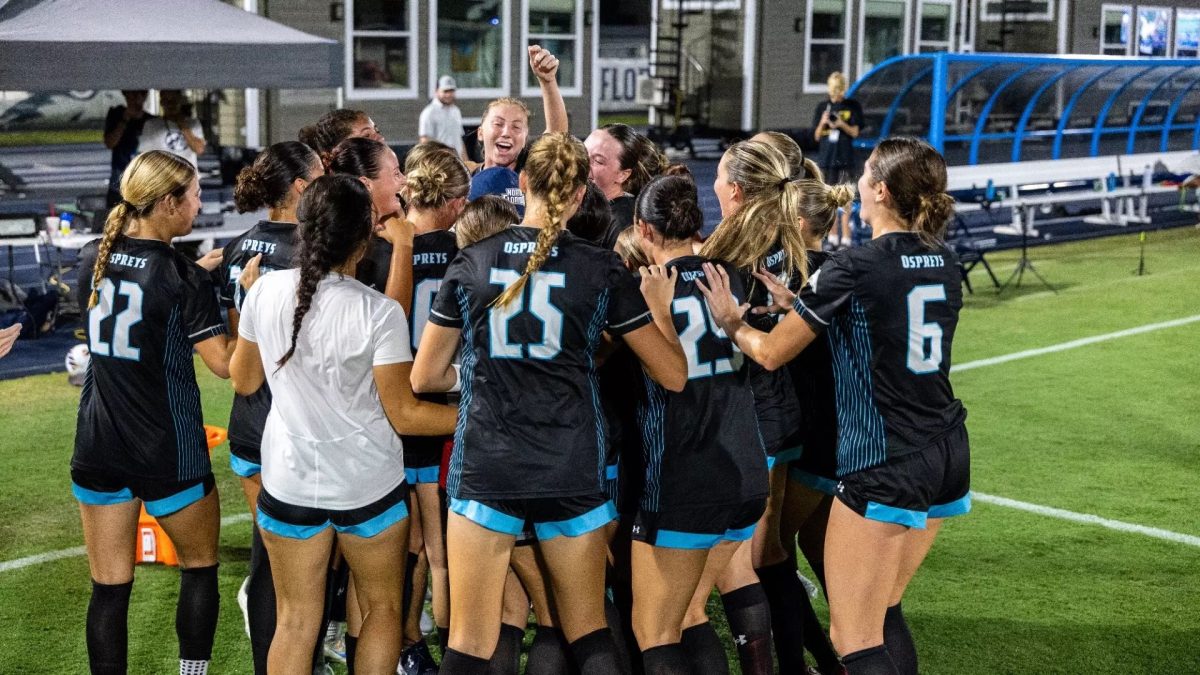By Claudia Buck
McClatchy Newspapers
(MCT)
When it comes to snagging college scholarship money, Connor Quinn gets a solid “A” for effort.
In the last year, the 18-year-old high school student applied for more than 80 individual scholarships, offered by everyone from Best Buy to a Buddhist foundation.
How’d he do? So far, Quinn has collected 22 awards totaling $22,700.
“The money’s out there. You might as well try,” says the Fair Oaks, Calif., resident, who graduated from high school last week.
With college tuition rates increasing and financial aid tightening, finding scholarship money is even more pressing for many students and their families.
The average annual tuition and room/board for a four-year public school is $16,100 next year and $36,900 for a private university, according to CollegeBoard.org.
That’s what makes scholarships so appealing. Unlike student loans or financial aid, scholarships are free money that doesn’t have to be repaid.
According to various financial aid estimates, there are annually more than 1 million scholarships dangling more than $3 billion to worthy students.
But it takes some effort to land it. To get advice on how you or your student can pursue scholarship dollars, we spoke with Mark Kantrowitz, a national college financial aid expert and author of “Secrets to Winning a Scholarship.” He’s also the founder of two websites, FinAid.org (college financial aid tools) and FastWeb.com (a scholarship-matching service).
Overall, Kantrowitz has three words: Don’t give up.
“You’ll get far more rejections than you win. But the more you apply for, the more you rack up.”
And it’s never too late. There are scholarships for ninth-, tenth- and eleventh-graders, as well as for those already in college, he noted.
If you’re in the hunt, here are more of his tips:
—Don’t skip the small stuff.
Even it’s only $100, apply. Students tend to scoff at small scholarships, but they can add up.
For every $100 you might win, that’s $100 less you’ll have to borrow, said Kantrowitz. On the average student loan, he said, you’ll pay nearly $2 for every dollar borrowed.
Don’t overlook small, local scholarships: Rotary, veterans groups, fraternal organizations, PTAs, community groups, local sororities.
Quinn followed that route himself. Of his 22 scholarships, 13 are local, including those from an African-American sorority, a Jewish foundation, SAFE Credit Union and the Orangevale Rotary Club. They’ve ranged from $500 to $4,000.
—Don’t freak on the essay.
Whether they want one paragraph or several pages, most scholarship applications require some sort of written words. And often the topics tend to be similar: How have you helped improve your community? Describe a pivotal event in your life. What have been your extracurricular roles outside of school?
“It isn’t as much work as it seems. The first few will take maybe one hour per scholarship,” says Kantrowitz. “But after you do your first half-dozen, you can adapt one essay to the next one. So instead of taking one hour to write an essay, you’re taking 20 minutes.”
Quinn found that he could reuse some of his essay topics because similar topics kept popping up. (It helped that he also had a compelling story to tell about his monthlong volunteer job last summer in a poverty-stricken region of South Africa.)
But be careful. Kantrowitz has encountered applications where students re-purposed an essay but forgot to change the scholarship name in their entry letter. (i.e. “I am interested in your ABC scholarship …,” when it should have been “XYZ.”) Those kind of gaffes will instantly plop you in the reject pile.
—Pay attention.
If the essay calls for 300 words, don’t submit 301, says Kantrowitz. Be sure it’s clean of spelling errors and grammatical mistakes. Don’t rely on spell check.
Print out your essay and read it aloud. If you stumble on a sentence, chances are the scholarship reviewer will, too.
—Clean it up.
Same as when you’re applying for a job or even college itself, it’s smart to delete any inappropriate online photos or posts. That means removing any YouTube videos, Facebook photos or blog posts that might put you in an embarrassing or not-so-favorable light. Google your name to see what comes up.
Kantrowitz recalls a student who recently emailed him, via Facebook, asking for help with an application. The student’s Facebook profile photo? A toilet.
“What does that say about him?” asks Kantrowitz.
The author, who has sat on several scholarship review committees, says that when it’s down to three equally qualified candidates, the committee will definitely Google a student’s name to see what pops up.
—GPA isn’t everything.
The higher your GPA, the better your odds of winning. But there are many scholarships that don’t require a 4.0-and-better GPA. Quinn, for instance, earned all of his scholarships with a 3.7.
“There are a fair number of scholarships that look for something other than academic talent,” noted Kantrowitz, citing examples like the $10,000 StuckatProm.com scholarship for the best prom attire fashioned from duct tape.
There also are scholarships for left-handers, for those whose last name is Zolp, for kids who’ve battled cancer. There are even “duck-calling” scholarships for students with the best duck-hunting whistle.
—Get organized.
Kantrowitz recommends getting a separate file folder for each scholarship. Create a checklist of deadline dates, paperwork requirements, etc.
Quinn’s mother, Rhonda, said her son kept piles of scholarship applications on his bedroom floor, including mailing envelopes and transcripts. He also created two Excel spreadsheets that detailed each scholarship by deadlines, tasks and — eventually — winnings.
Some weekends, he would spend five hours filling out applications. “I’d just set aside chunks of time that still let me hang out with my friends and enjoy my senior year,” said Quinn, who played on his high school’s lacrosse team and was involved with several campus clubs.
Ironically, Quinn says he didn’t put nearly as much effort into applying for college admissions as he’s done for scholarships. The college application process, he says, was “overwhelming.” The business major applied to eight schools and was accepted by two, including his choice: University of Texas at Austin.
Winning $22,700 relieves “some stress of the financial burden” of going off to college, he said. As a freshman, his out-of-state tuition in Texas will be $31,000 – without room/board or books.
“Because I won these scholarships,” Quinn says, “I won’t have to work my freshman year and can just focus on academics.”
Beyond the cash, the scholarship process yielded unexpected rewards. “When I first started, I was really shy and stumbled during interviews,” admits Quinn. But he gained confidence, learning how to answer interview questions and even acquiring some business etiquette skills like shaking hands. “And,” he says, “it made me appreciate work and the value of a dollar.”
———
(c) 2011, Sacramento Bee
Visit the Sacramento Bee Web edition on the World Wide Web at www.sacbee.com
Distributed by McClatchy-Tribune Information Services.
Categories:
Pursuing scholarships is worth the college savings
Spinnaker
|
Jul 21, 2011
More to Discover















